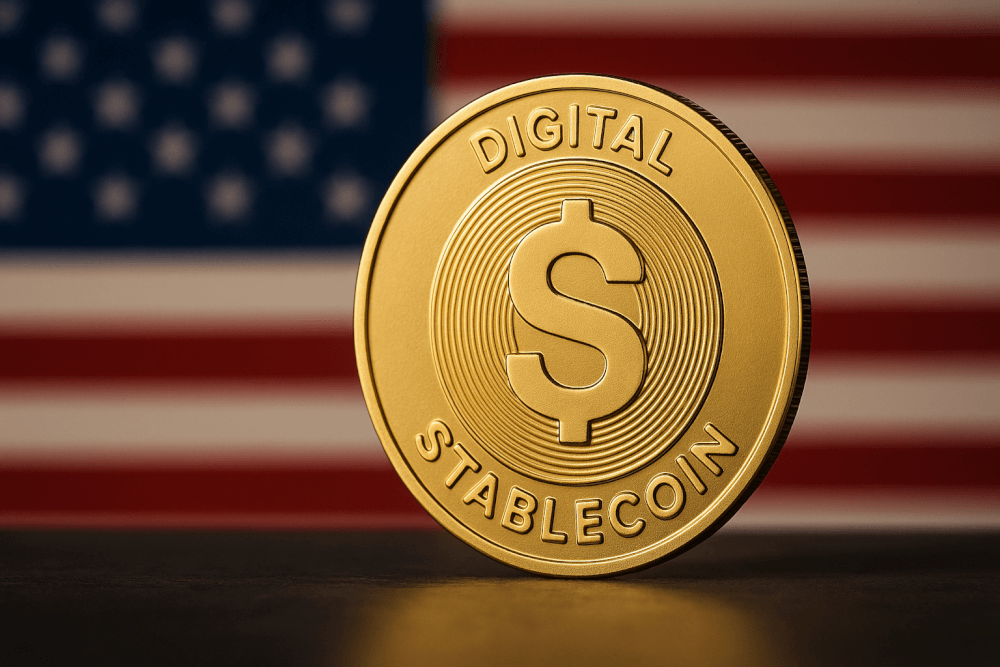SEC chair backs rule to let companies ditch quarterly earnings reports
SEC Chairman Atkins said on Friday that his agency plans to push forward a rule change to give companies the option to ditch quarterly earnings reports.
He confirmed this live on CNBC’s Squawk Box, saying, “I welcome that posting by the president, and I have talked to him about it.” This move follows Donald Trump’s call earlier in the week for a shift from quarterly to semiannual earnings disclosures.
According to Atkins, the change would not be mandatory. Companies would get to decide if they want to keep reporting every three months or switch to every six.
“For the sake of shareholders and public companies, the market can decide what the proper cadence is,” he said. That means there won’t be a one-size-fits-all mandate. The rules would change, but the decision would be left to firms.
Trump pushes for SEC vote while Republicans hold majority
Right now, public companies in the U.S. are required to report earnings every quarter. Forecasts, however, are optional.
Trump claimed the current setup hurts businesses, saying that switching to six-month reports would “save money, and allow managers to focus on properly running their companies.” He wants companies to stop chasing short-term numbers and think long-term instead.
That’s not just a random idea either. All it takes is a majority vote to change SEC rules, and the Republicans currently have the upper hand; three seats out of five, with one seat still vacant. That’s more than enough to ram a new policy through without waiting for bipartisan support.
This proposal already has critics throwing punches. Opponents argue this shift could reduce transparency for investors—especially retail traders who don’t have the same resources as big hedge funds.
Less frequent updates would make it harder to track company performance, they say. In their view, longer gaps between reports would benefit insiders and institutional investors, leaving smaller players flying blind.
Supporters don’t care. They say less frequent reporting helps companies focus on the big picture, not just the next quarter’s stock price. It’s the same argument you hear in the crypto world—ditch the noise, zoom out, and build. The fight isn’t just about paperwork. It’s about how corporate America sets its priorities.
Atkins pointed out that semiannual reporting already exists elsewhere. “You have to realize that right now, semi-annual reporting is no stranger to our markets, foreign private issuers do it right now,” he said. These are global firms that operate under different rules but still trade in the U.S. They’ve been doing this for years.
Norway’s $1.6 trillion sovereign wealth fund also made headlines earlier this year when it pushed for companies to report just twice a year. Their reason? Give executives more room to think long-term and make better decisions. They’re not alone either.
The Long-Term Stock Exchange (yes, that’s a real thing) also backed the idea, as they’ve been advocating for fewer earnings reports as part of their whole “patience is a virtue” pitch to investors and companies.
Atkins also said this whole debate about reporting cycles isn’t new. “There’s been a lot of discussion over the past few years about how this quarterly reporting kind of emphasizes a short term type of thinking,” he told CNBC. The constant grind of quarterly updates pushes firms to chase immediate results at the expense of long-term goals.
Still, it’s not like this is going to happen overnight. Even if the SEC does propose a rule change, it’ll go through a public comment period. That means a lot of noise from both sides—traders, companies, activist investors, and probably politicians too. And then, the commission will vote. With the current 3-1 split, it’s likely to pass unless a surprise defection happens.
For now, Atkins and Trump are aligned. They both want to break away from what they see as a broken system. Whether that actually helps anyone (retail investors, corporate execs, or anyone in between) is still up in the air.
But the rule is coming. Atkins made that clear. “In principle, I think to propose change in what our rules are now, I think would be a good way forward, and then we’ll consider that and move forward after that,” he said.
Get seen where it counts. Advertise in Cryptopolitan Research and reach crypto’s sharpest investors and builders.
You May Also Like

Shiba Inu Price Forecast: Why This New Trending Meme Coin Is Being Dubbed The New PEPE After Record Presale

How is the xStocks tokenized stock market developing?
